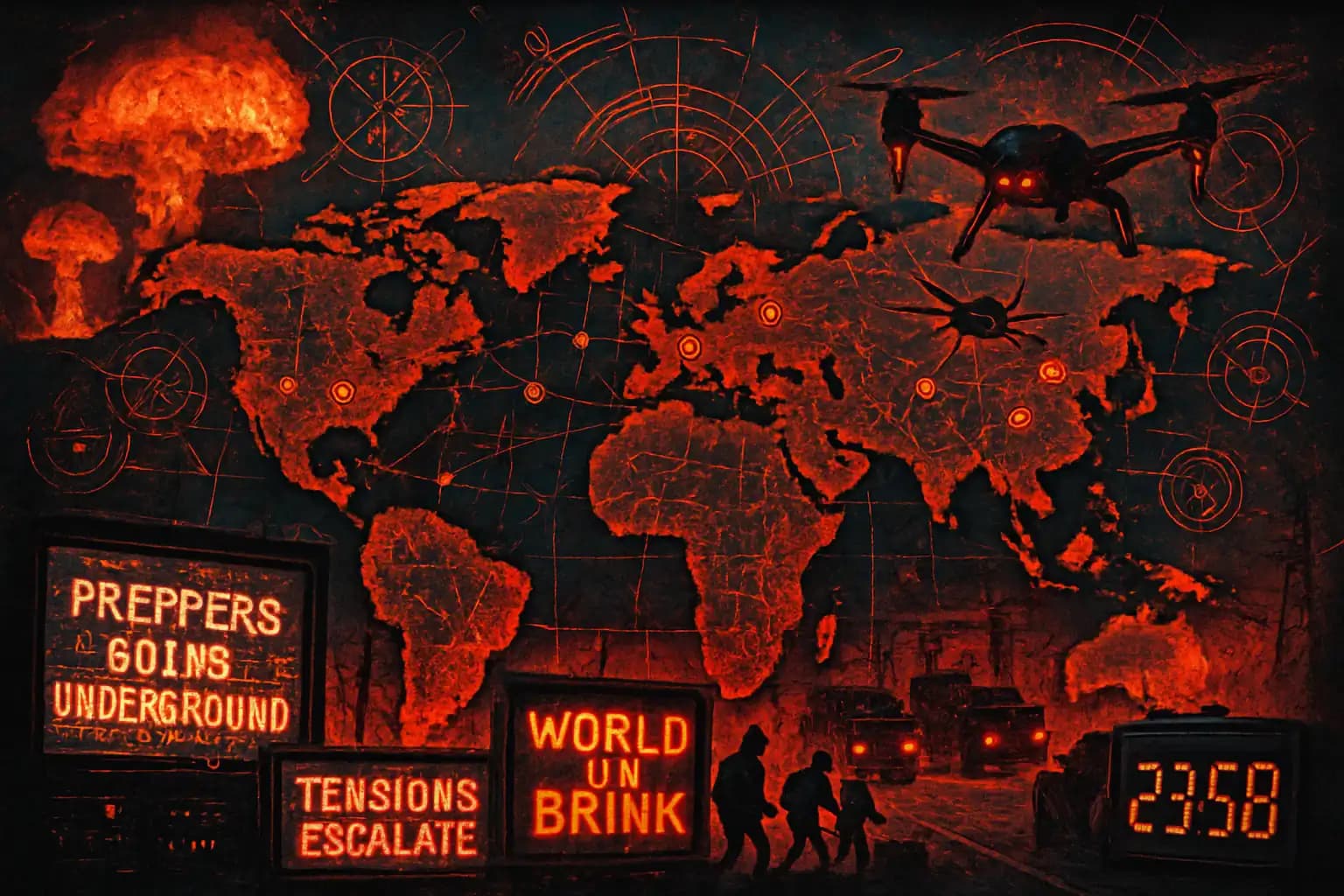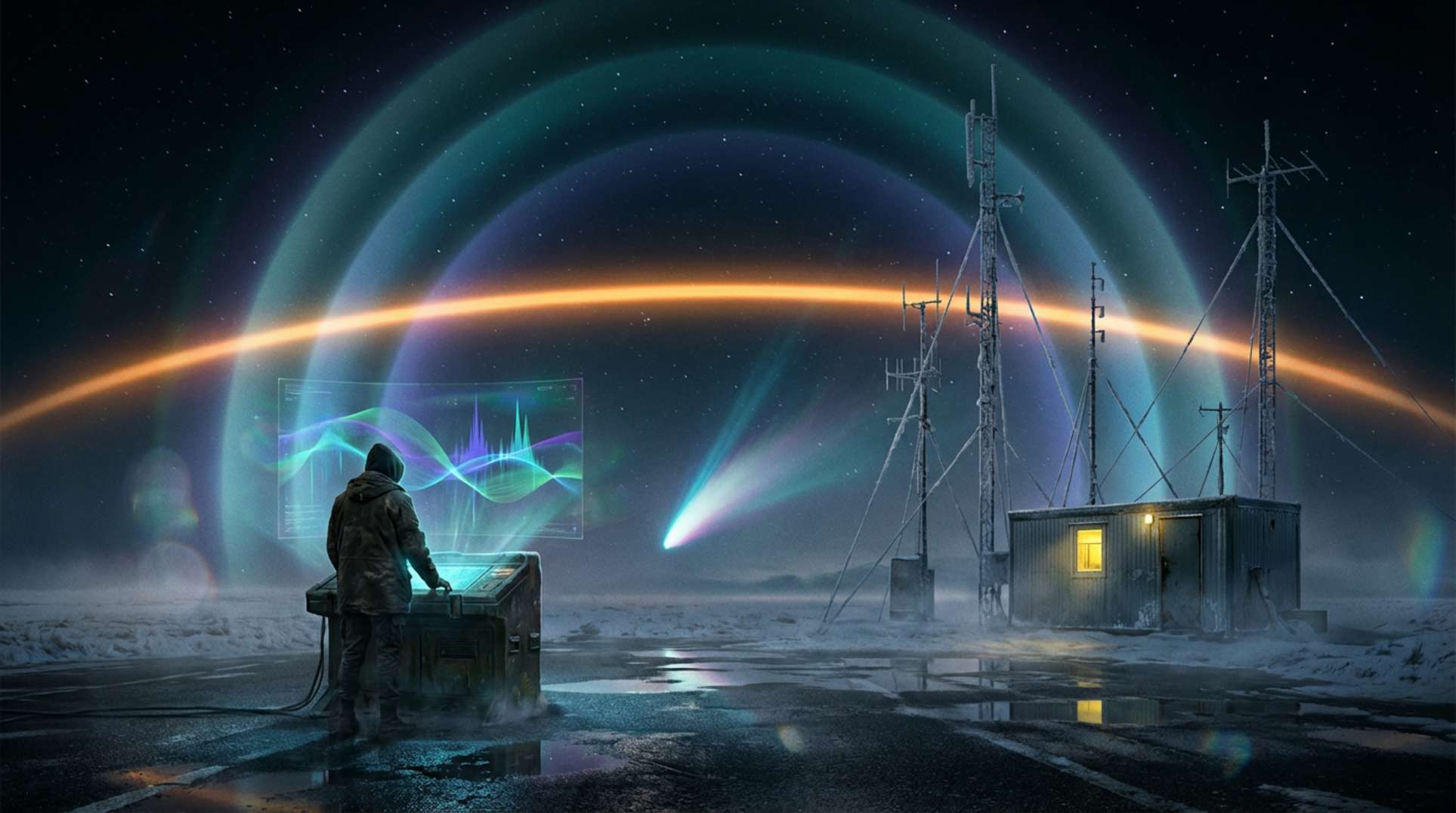The air hums with unease as global war rhetoric intensifies, military buildups spread from Eastern Europe to the Western Pacific, and news cycles are a hair’s breadth from ‘breaking news’ banners signaling catastrophe. You don’t have to be a bunker-dweller (though it helps) to sense something’s off. Experts from major think tanks and international agencies agree: we are closer to a strategic explosion than at any point in recent history, as noted in sources like the Axios global risks report.
This extends beyond internet doom spirals or your neighbor’s feverish prepping. The underlying drivers include classical triggers—territorial disputes, shifting alliances, and resource shortages—as well as modern accelerants like AI-driven warfare and economic blackmail. If you think recent shockwaves from China’s latest actions or Russia’s advances in Ukraine are just regional dramas, think again. These ‘local’ flames are fanned by global gale winds; sometimes, a single spark—intended or accidental—can ignite the powder keg.
Escalating Risks: Signs of Imminent Armed Conflict
This year, global newsrooms and conflict monitors, like the Atlantic Council and International Crisis Group, have documented a surge in war risks: North Korea lobs missiles, NATO and Russia posture with unprecedented hostility, and Israel, Gaza, Ukraine, and Indo-Pacific hotspots sizzle. A new conflict database shows a sharp increase in deaths due to global conflicts in 2024, reinforcing that the world isn’t merely anxious—violence is on the rise.
Political analysts and historians recognize this scenario, but with less advanced technologies. From ancient “just causes” to modern casus belli, the potential triggers are extensive—and the bloody outcomes often appear irrational in hindsight. Currently, tension points like the collapse of global mediating institutions, rising authoritarianism, and emerging regional power blocs fuel zero-sum thinking, as discussed in a recent Situation Room analysis. We are entering an era where small disputes can escalate quickly, reminiscent of how ancient powers collapsed amid war and collapse studies.
Technology, Blackouts, and Information Warfare
The line between military and civilian targets has blurred. The world faces its first major AI-driven conflicts, featuring AI drone swarms, cyberattacks, and social engineering campaigns alongside traditional military deployments. Analysts and government sources warn that cyberwarfare now underpins every major geopolitical rivalry, making infrastructure collapse a real possibility, not mere paranoia. In places where traditional armies once clashed, blackouts, software sabotage, and viral misinformation can paralyze modern states and cause untold civilian chaos before the first tank arrives.
If you doubt the extent of disruption possible from a keyboard, recent breakdowns, like analysis of AI and future crisis risks and satellite surveillance reports from covert operations, reflect this new battleground. Surviving in a world with shifting alliances, zero-day software exploits, and deteriorating power grids demands more than military strength—resilience begins at home with knowledge and contingency planning, as reality repeatedly reminds us.
The Human Cost and the Geopolitical Gamble
Recent conflict mapping projects hundreds of thousands of fatalities in 2024’s escalating wars and insurgencies. It’s not just about GDPs and power blocs—it’s the daily destruction history will remember. Each conflict, from Ukraine to Gaza to the Sahel, erodes global security. These tremors eerily resemble the warnings missed before past world wars. There’s a reason even seasoned strategists brace for surprises. World powers have consistently underestimated the domino effects of “contained” wars becoming regional, then global—often with the unpredictable impact of geophysical chaos compounding the situation.
As new ‘situation room’ assessments circulate, the warnings sharpen. Some observers highlight the age-old roles of scapegoating, miscalculation, and fear in driving powers to war—themes deeply rooted in classic conflict justification scholarship. Are leaders acting out of necessity, honor, or fear? More likely, is it simply systemic panic in the digital age? Knowing history’s answer often fails to stop the next cycle of conflict.
Staying Informed When the Stakes Are High
When faced with uncertainty, good information serves as both ammo and a potential lifesaver. If the next spark comes quickly, monitor emerging hotspots via trusted sources, blending independent verification with historical skepticism. For curated updates on unfolding threats and crisis signals, bookmark Unexplained.co. It might not prevent disaster, but you’ll be better prepared than others when trouble arises. If you’re uncertain about whether to stock up or relocate, history suggests it pays to keep essentials like candles, batteries, and updated maps on hand.





